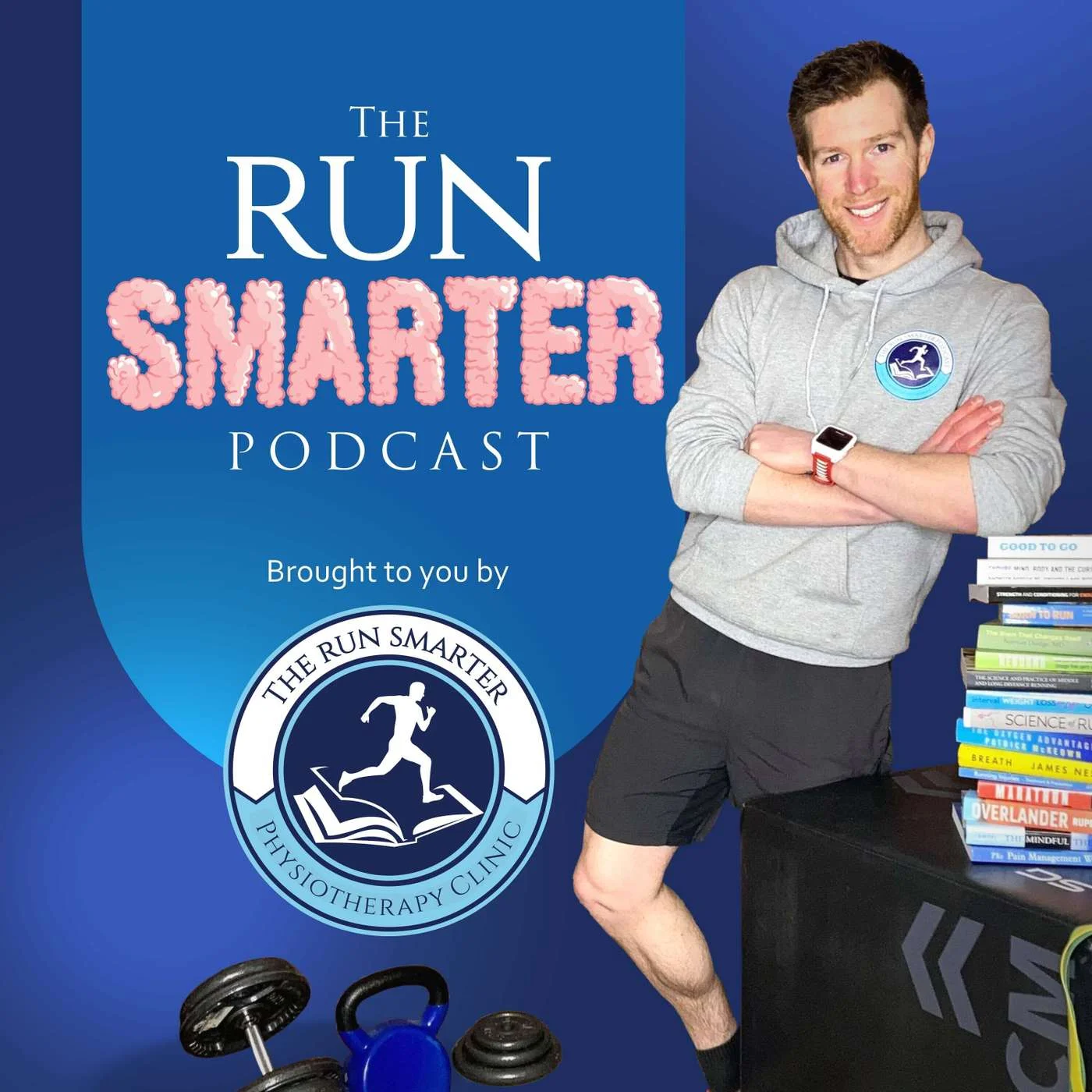
The Run Smarter Podcast

Latest Research: Insights into Shin Splints / Ways to Reduce Injury Risk / Sprint Training on Running Economy
49m
Learn more about Brodie's Research Database & AI Assistant 📄🔍
📌 Episode Summary:
Welcome back, Run Smarter Scholars! In this special research roundup episode, Brodie dives into three fascinating new studies released in April that could change the way you train, recover, and stay injury-free. Recording from a beachside getaway, Brodie filters through over a dozen newly published papers and handpicks the most actionable and interesting ones for runners like you.
📚 Papers Covered:
1. Shin Splints: A Closer Look
Medial Tibial Stress Syndrome: A Scoping Review
- Shin splints may be the early stage of tibial stress fractures.
- Risk factors include high BMI, poor hip strength, excessive pronation, and prior injury history.
- Overuse and excessive soleus muscle activation play key roles.
- Treatment strategies include hip strengthening, gait retraining, arch support trials, and gradual return to load with walk-run programs.
2. Injury Prevention Strategies in Runners
Running-Centred Injury Prevention Support: A Scoping Review
- Most injury prevention programs fail unless supervised.
- Effective strategies include:
- ✅ Strength training (especially supervised)
- ✅ Gait retraining with feedback
- ✅ Recovery education (sleep, stress, rest days)
- ✅ Coach or group support
- Runners prefer passive tools (e.g., shoe changes), even if less effective.
3. Sprint Training Boosts Running Economy
The Effects of Intermittent Sprint Training on Running Economy and Leg Stiffness in Highly Trained Runners
- 12-week protocol: just 1 sprint session per week
- Results:
- 💨 68% improved running economy
- 💪 12–17% increase in leg stiffness
- 🔄 Less vertical movement = greater efficiency
- 🧠 Benefits driven by neuromuscular adaptations, not cardio alone
- 👟 Improvements seen across genders and ages
🔍 Bonus Research in the AI Library (April Folder)
If you're subscribed to the Run Smarter AI Assistant, head to the April folder to explore even more papers Brodie didn't cover in full, including:
- 💉 PRP for Achilles tendinopathy
- 🧠 Psychological traits of multi-marathoners
- 🦵 Return-to-sport protocols for PHT
- 👣 Biomechanics: cadence, footwear & orthotics
- 🧬 Molecular signaling in tendinopathy
- 🍽️ Personalized nutrition for elite performance
For MORE Run Smarter Resources 🏃♂️📚
- Including Free Injury Prevention Courses 🩹🎓
- The Run Smarter Book 📖
- Access to Research Papers 📄🔍
- & Ways to Work with Brodie 🤝👟
👉 CLICK HERE! 🎉✨